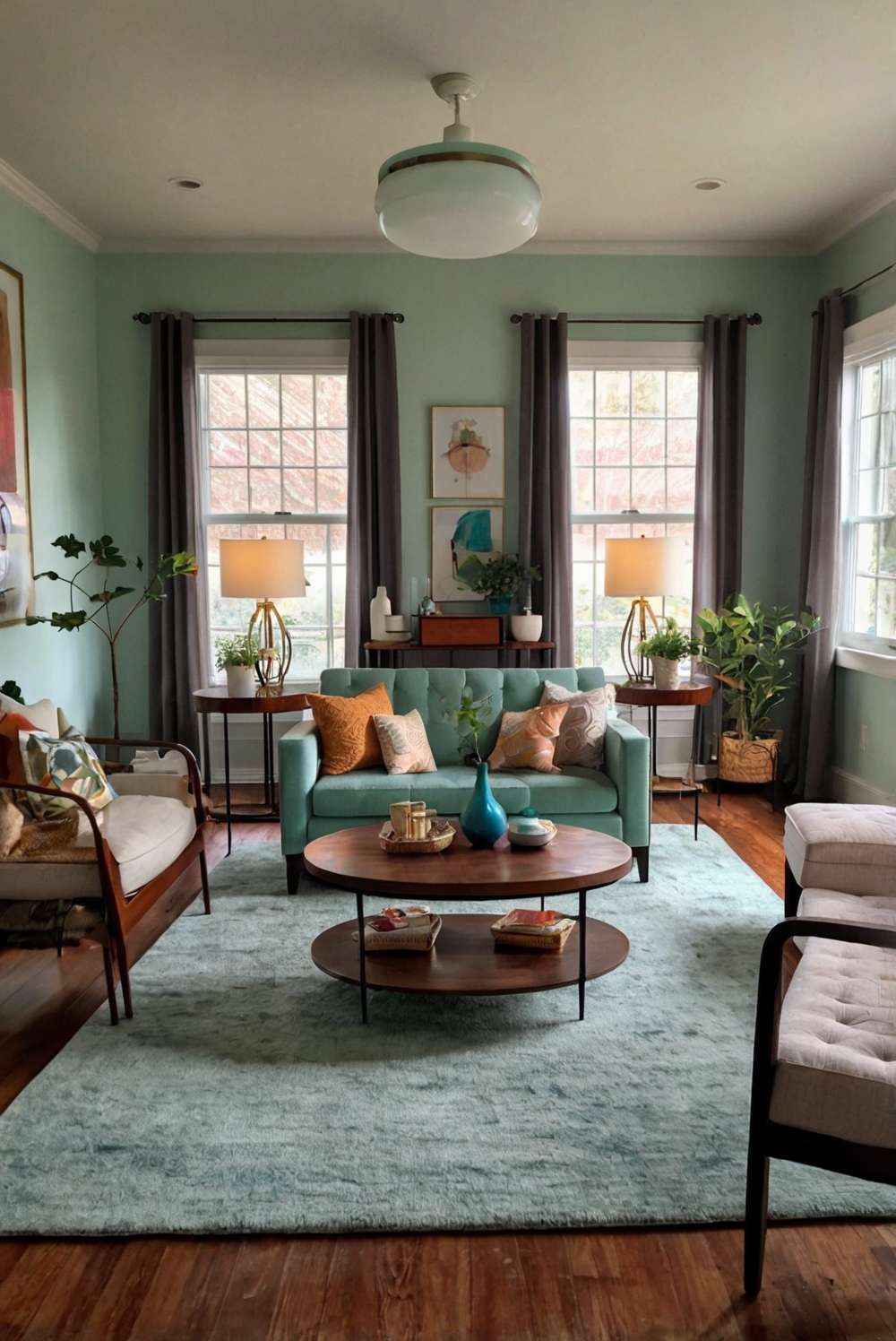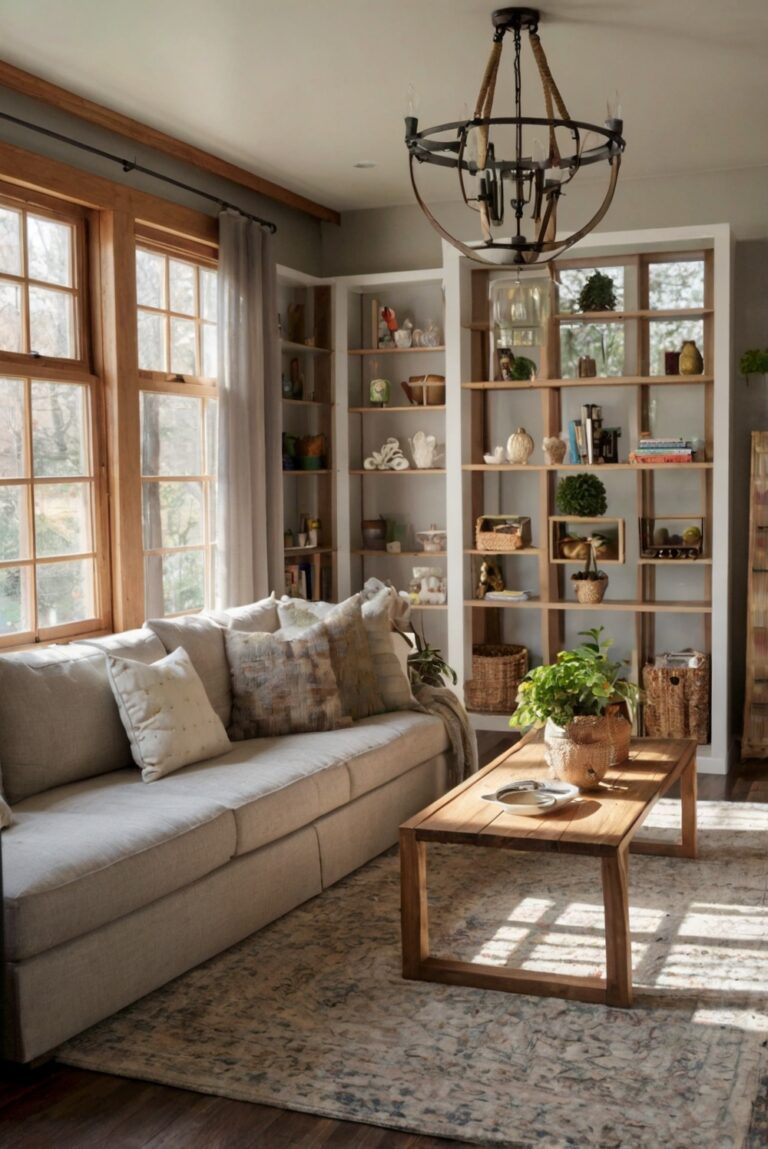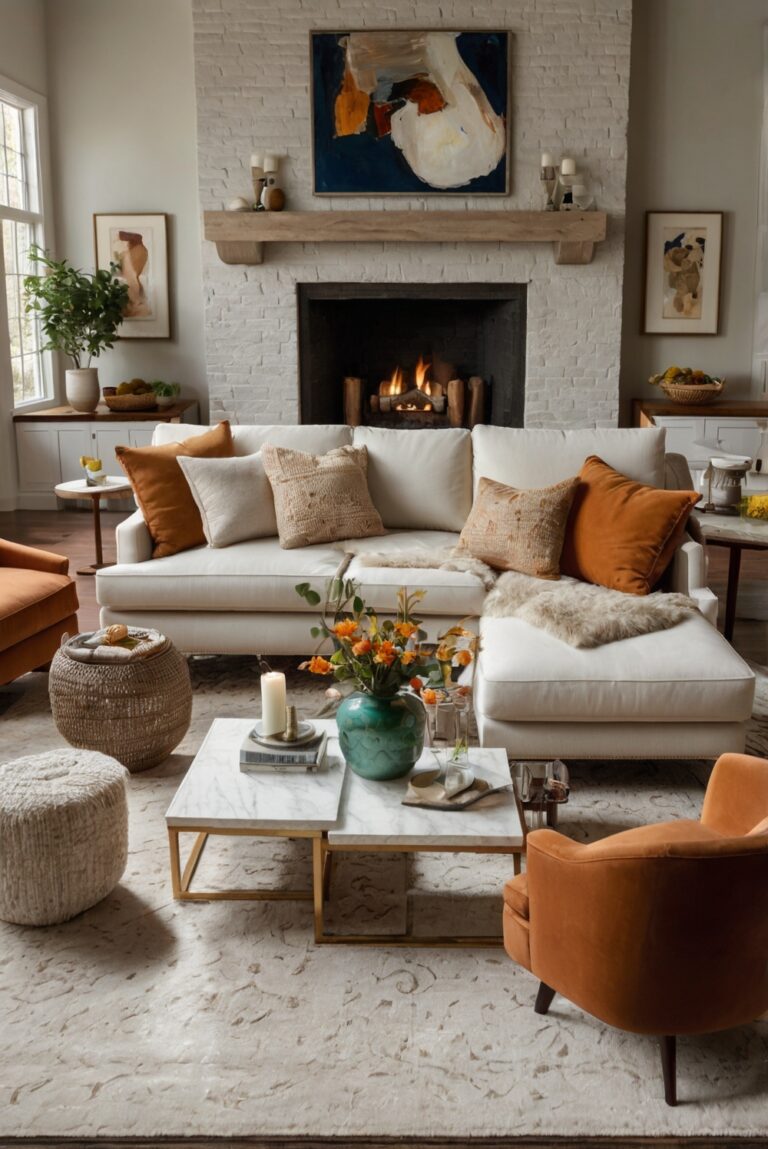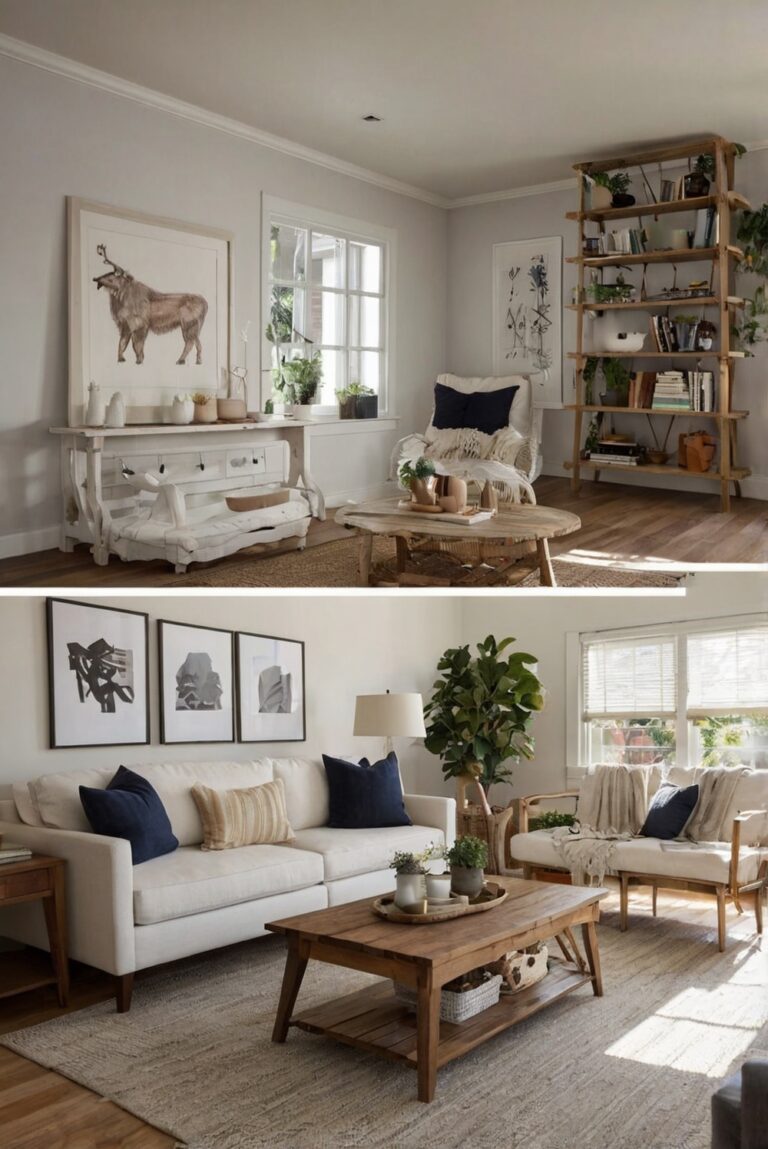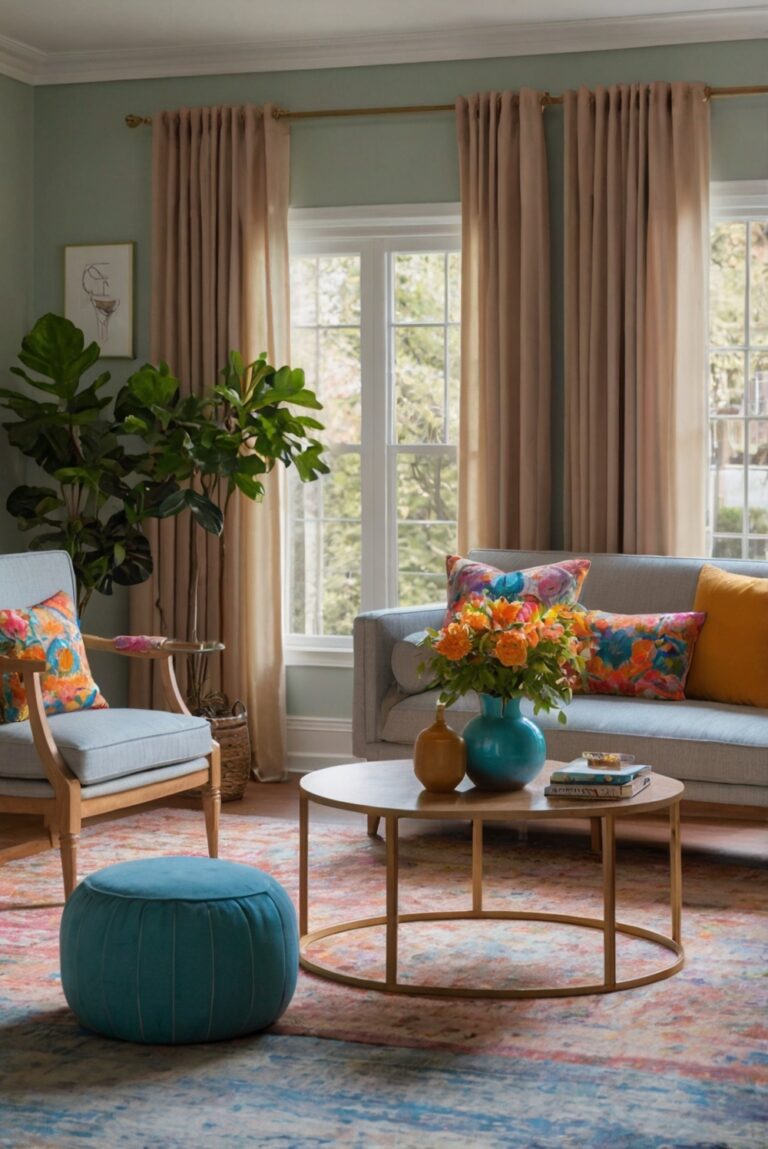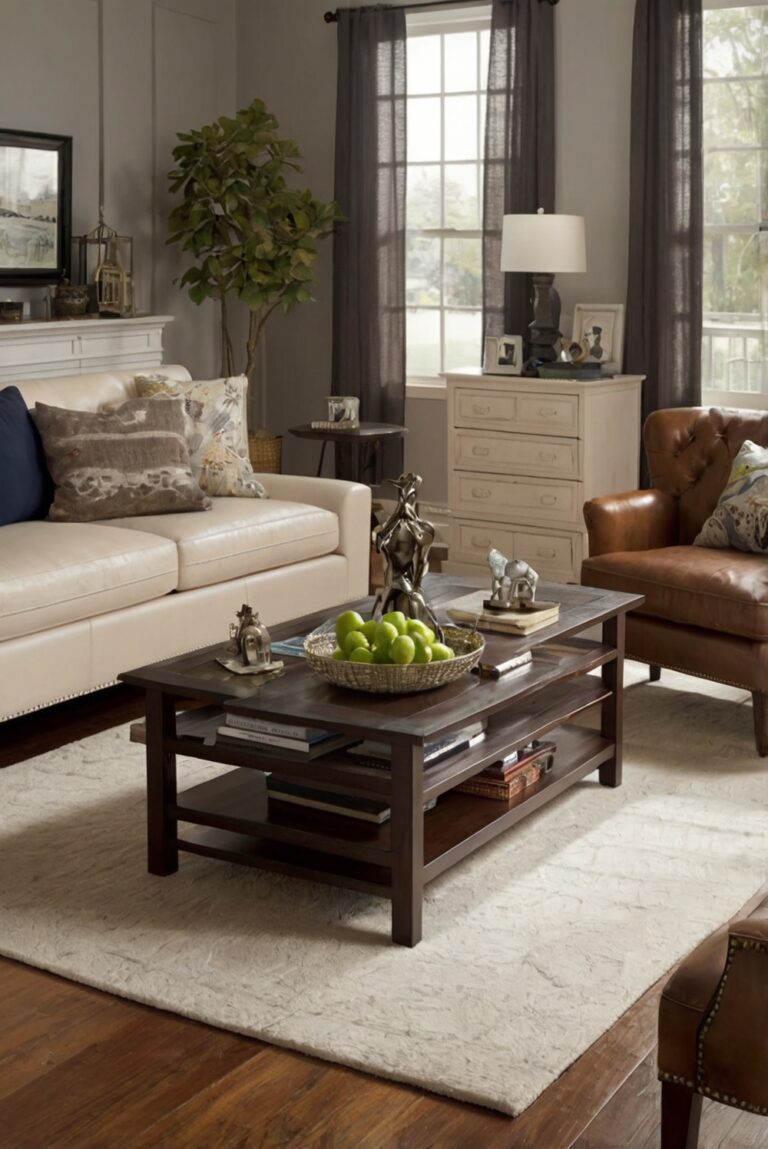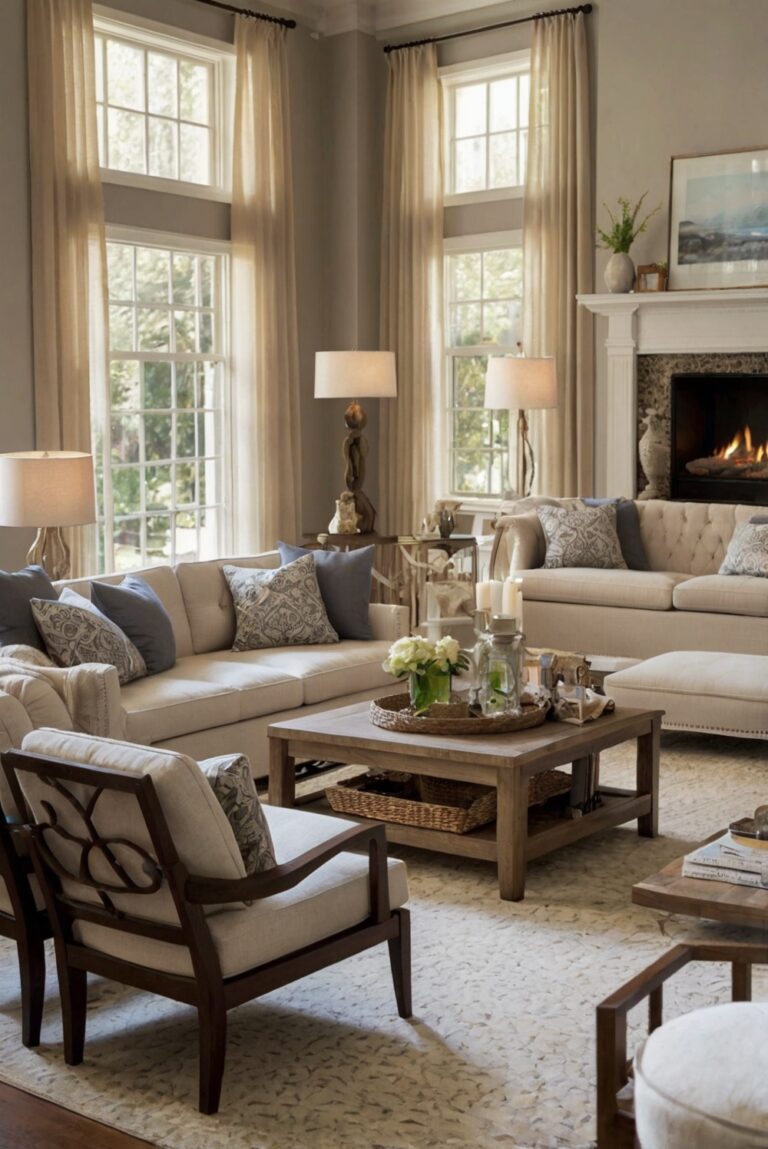Welcome to a daily interior designer routine for arranging furniture in a small living room. Discover creative ways to maximize space and enhance your home’s aesthetic appeal.
How to Arrange Furniture in a Small Living Room?
Answer: To optimize a small living room space for home decorating, consider these home interior design tips. Start by creating a design plan with a focal point, such as a designer wall paint or kitchen designs, to guide the layout. Utilize space planning techniques like color matching painting for primer paint for walls with home paint colors that complement each other. Arrange furniture to maximize flow and function, ensuring there’s enough space for movement. Think about interior bedroom design ideas that prioritize both comfort and style. By decorating interiors thoughtfully, you can transform a small living room into a cozy and welcoming space.
How to Arrange Furniture in a Small Living Room?
Consider the Room Layout:
When arranging furniture in a small living room, it is crucial to consider the room layout. Take note of the size and shape of the room, as well as the location of windows, doors, and focal points such as a fireplace or TV. This information will help you determine the best placement for your furniture to maximize space and functionality.
Measure the Space:
Before you start arranging furniture, measure the dimensions of your living room. This will help you determine the size of the furniture pieces that will fit comfortably in the space. Be sure to leave enough room for traffic flow and allow for adequate walking space around the furniture.
Choose the Right Furniture:
Selecting the right furniture is essential when arranging a small living room. Opt for space-saving furniture pieces such as a small-scale sofa, armless chairs, and open shelving units. Consider multipurpose furniture items like a storage ottoman or a coffee table with hidden storage to maximize functionality in a limited space.
Utilize Vertical Space:
In a small living room, it is crucial to make use of vertical space to create the illusion of height and maximize storage. Consider adding tall bookcases, wall-mounted shelves, or floating cabinets to store items without taking up valuable floor space. Hanging curtains near the ceiling can also draw the eye upward and make the room feel more spacious.
Create Zones:
To make the most of a small living room, create distinct zones for different activities such as seating, dining, and entertainment. Use area rugs, furniture arrangement, or decorative screens to define each zone and make the room feel more organized and functional. This approach can help maximize the usability of the space without feeling cramped.
In conclusion, arranging furniture in a small living room requires careful planning and consideration of the room layout, furniture size, and functionality. By following these tips and strategies, you can create a stylish and functional living space that maximizes every inch of the room. Remember to prioritize comfort and flow when arranging furniture to ensure a welcoming and inviting atmosphere in your small living room.
1. How can I make the most of the limited space in my small living room when arranging furniture?
When arranging furniture in a small living room, it’s essential to utilize space-saving techniques. Consider using multi-functional furniture pieces like a sofa with built-in storage or a coffee table that can also serve as a dining table. Opt for furniture with legs to create a sense of space and avoid blocking natural light sources. Additionally, try to maintain a clear pathway through the room to prevent it from feeling cluttered. Experiment with different furniture arrangements until you find one that maximizes the available space while still providing functionality and comfort.
2. What are some tips for creating a visually appealing layout in a small living room?
Creating a visually appealing layout in a small living room involves balancing furniture placement and decor elements. Start by selecting a focal point, such as a fireplace or a large window, and arrange furniture around it to create a cohesive design. Use area rugs to define different zones within the room and add visual interest. Incorporate a mix of textures and colors to add depth and dimension to the space. Avoid overcrowding the room with too many furniture pieces and opt for streamlined, space-saving designs to maintain a sense of openness.
3. How can I optimize seating arrangements in a small living room?
Optimizing seating arrangements in a small living room requires strategic placement of furniture to maximize seating capacity without sacrificing comfort or functionality. Consider incorporating modular seating options like sectional sofas or ottomans that can be easily rearranged to accommodate different seating needs. Utilize vertical space by adding floating shelves or wall-mounted storage units to free up floor space for additional seating. Choose furniture pieces with sleek profiles and open bases to create the illusion of more space. Experiment with different seating configurations to find the layout that best suits your lifestyle and design preferences.
4. What are some creative storage solutions for a small living room?
Creative storage solutions can help maximize space in a small living room while keeping clutter at bay. Consider investing in furniture pieces with hidden storage compartments, such as ottomans with built-in storage or coffee tables with lift-up tops. Use vertical space by installing floating shelves or wall-mounted cabinets to store books, decorative items, and other belongings. Incorporate multi-functional furniture pieces like storage benches or nesting tables that can serve dual purposes. By incorporating innovative storage solutions, you can keep your small living room organized and visually appealing without compromising on style or comfort.
5. How can I create a sense of flow and openness in a small living room?
Creating a sense of flow and openness in a small living room involves thoughtful furniture placement and design choices. Start by decluttering the space and minimizing the number of furniture pieces to avoid overcrowding. Use light, neutral colors on walls and furniture to visually expand the room and create a sense of airiness. Arrange furniture to allow for easy traffic flow and maintain clear pathways throughout the room. Incorporate mirrors to reflect light and create the illusion of more space. By using these techniques, you can create a welcoming and harmonious living room that feels open and inviting despite its small size.

